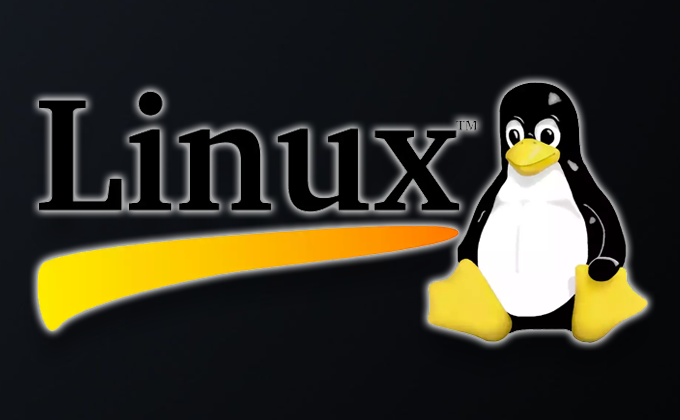As Linus remarks in his post, two thirds of the bulk of changes are drivers. Apart from the Greybus drivers, there is also the usual slew of new drivers and patched drivers for GPUs. AMD came in first as the employer with most lines contributed — for their Southern Islands cards — to Mesa’s DRM library, and drivers for the Vulkan API continue to improve and support more software and hardware.
Another set of drivers that is getting improvements is Intel’s Skylake family of processors. Sound on many newer HPs, Dells, and Lenovos is now a lot less buggy, and the same goes for Intel’s GPUs.
The number of ARM machines supported by the mainline kernel continues to grow. New additions are the Raspberry Pi Zero, the BeagleBoard-x15 rev B1, and LG’s Nexus 5 phone. That means no more customized compiling for these devices.
Kernel 4.9 also comes with improved BBR congestion control algorithms. LWN says these bits of code “allow network protocols (usually TCP) to maximize the throughput of any given connection while simultaneously sharing the available bandwidth equitably with other users”. That means that your shared network speed is going up. When we’re talking network connectivity, faster is always better, right?
Finally, there are improvements for several commonly used file systems, such as Btrfs, XFS, F2FS, and EXT4 across the board. These changes improve their performance and reliability.
For more info check here https://www.linux.com/news/linux-kernel-49-here-and-its-largest-release-ever















